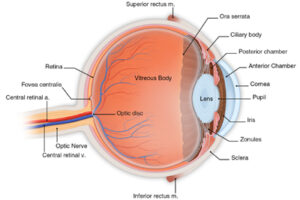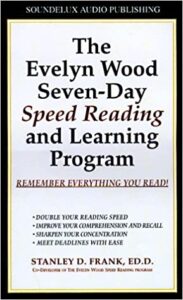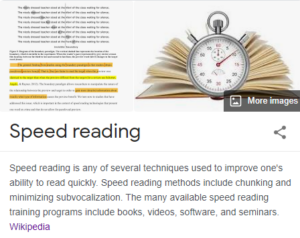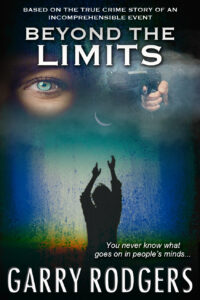The Pareto Principle is the 80/20 Rule. It’s an economic concept stating roughly 80 percent of effects come from 20 percent of causes. Put otherwise, 20 percent of input accounts for 80 percent of output.
The name comes from its conception maker, Vilfredo Pareto, who was a nineteenth-century Italian polymath. Story goes that one day old Vilfredo was out working in his garden and observed that about 80 percent of his peas came from around 20 percent of his pea plants. That got him thinking, and he applied his 80/20 observation to economics.
Pareto discovered that 80 percent Italy’s wealth was held by 20 percent of the Italian population. Note this was in 1900, so adjusting for today’s imbalance via the mega-lopy of Gates, Musk, Bezos & Zuckerberg ‘et al’, the real ratio might be more like 90/10 or 95/5. You get my drift.
I’ll partially quote from the Pareto holy grail authority which is a 273-page academic paper titled The Pareto Principle — The Secret to Achieving More With Less by Richard Koch. You can download it for free here.
 The 80/20 Principle asserts that a minority of causes, inputs, or efforts usually leads to a majority of results, outputs, or rewards. Taken literally, this means that, for example, 80 percent of what you achieve in your work comes from 20 percent of the time spent. Thus, for all practical purposes, four-fifths of the effort—the dominant part of it—is largely irrelevant. This is contrary to what people normally expect.
The 80/20 Principle asserts that a minority of causes, inputs, or efforts usually leads to a majority of results, outputs, or rewards. Taken literally, this means that, for example, 80 percent of what you achieve in your work comes from 20 percent of the time spent. Thus, for all practical purposes, four-fifths of the effort—the dominant part of it—is largely irrelevant. This is contrary to what people normally expect.
So, the 80/20 Principle states there’s an inbuilt imbalance between causes and results, inputs and outputs, and efforts and rewards. A good benchmark for this imbalance is provided by the 80/20 relationship: a typical pattern shows that 80 percent of outputs result from 20 percent of inputs, that 80 percent of consequences flow from 20 percent of causes, and that 80 percent of results come from 20 percent of efforts.
In business, many examples of the 80/20 Principle have been validated. 20 percent of products account for 80 percent of dollars per sale. So do 20 percent of customers.
In society, 20 percent of criminals account for 80 percent of crimes. 20 percent of drivers account for 80 percent of accidents. 20 percent of students attain 80 percent of the educational qualifications available.
In the home, 20 percent of carpets receive 80 percent of wear. 20 percent of your clothes, you’ll wear 80 percent of the time. And if you have a burglar alarm, 80 percent of false alarms will be set off by 20 percent of the possible causes.
Another example of the 80/20 rule is the internal combustion engine in your car. 80 percent of the fossil fuel energy input is wasted with only 20 percent of output energy being delivered to the drive wheels.
So, what about applying the Pareto Principle to writers?
For writers, the Pareto Principle is a time management and production output tool. It’s not meant to be precise… as it in can’t be 60/40 or 75/25, only 80/20… it’s not that bracketed… not that prescriptive… not that anal. But it’s a good rule of thumb to know about avoiding time distractions and focussing on the important, yet small percentage, of tasks that give the highest return in creating value.
It comes down to managing what available time you have to effectively produce and promote a product. That might be a blog post like this, a novel manuscript, a screenplay, or whatever you have on the go. Your WIP.
Here’s a link to another piece on the Pareto Principle from Simply Psychology that gives direct examples of how to manage time, minimize distractions, and complete tasks. I like this quote:
When used correctly, the Pareto Principle helps prioritize tasks, optimize resources, and improve overall efficiency. It provides a useful framework for understanding complex systems and identifying key areas for improvement.
When not used correctly, the Pareto Principle can lead to an excessive focus on short-term gains over long-term planning and stability.
The 96 Minute Rule
A great point from Simply Psychology that puts time consumption in context is the 96-minute rule. 20 percent of an 8-hour workday is 96 minutes. According to the Pareto Principle, 80 percent of your daily work accomplishments come from 96 minutes of your time. As a writer, what high-value tasks do you most accomplish in those 96 minutes that push forward your long-term goals?
Ideating?
Researching?
Composing?
Editing?
Publishing?
Marketing?
Networking?
Visioning?
To wrap, the Pareto Principle’s 80/20 rule isn’t a magic formula. It’s a hypothesis to be aware of and use as a tool to get where you want to go in your writing world just a little more efficiently. And maybe it’ll free up time to have fun in the rest of your life.
Kill Zoners — Do you consciously apply the 80/20 rule in your workday? What’s your experience with it? Any direct tips on making it work? And does anyone have other production aids and/or time management suggestions? Please comment.






